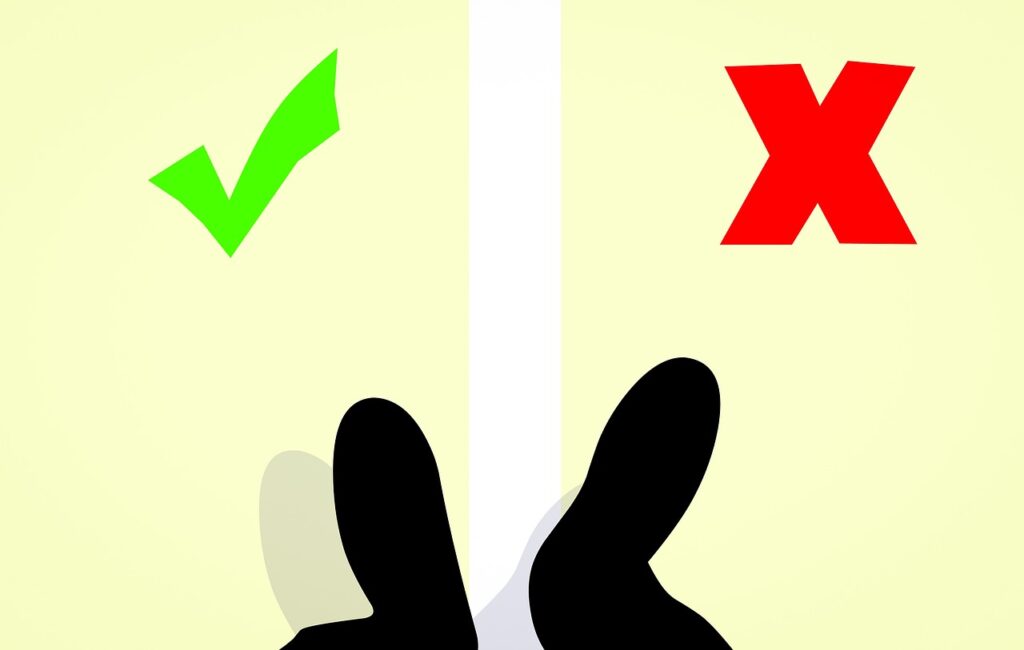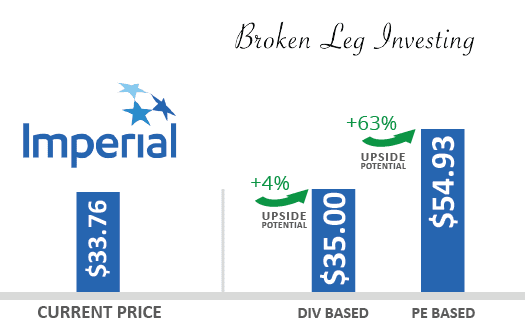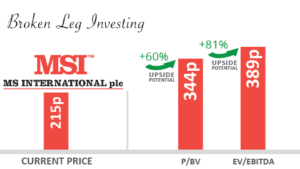Stock Investing Mistakes

The stock market is a risky place. Even if you’re an experienced trader, there are still plenty of things that can go wrong when investing in the stock market. Here are five mistakes people make when investing:
Not knowing their risk tolerance.
The first mistake people make is not knowing their risk tolerance. Risk tolerance is the ability to withstand the ups and downs of the market, and it varies from person to person. You might have a high tolerance for risk if you are young or retired, while someone with a low tolerance may be able to tolerate investment losses better than they can tolerate gains (assuming they want their money to grow over time).
The concept of risk tolerance evolved from academics into an industry standard within finance circles in recent years. It’s important for investors because it helps them understand how much capital they should invest in different types of investments before making decisions about what kind of portfolio structure best suits them based on their goals and financial situation at any given time in life–and this will ultimately determine whether or not any given investment strategy works out well for an individual’s personal circumstances!
But there’s one thing everyone needs: patience when dealing with markets like these because change doesn’t happen overnight.”
Failing to diversify their portfolios.
Diversification is important for all investors, but especially for those with a long time horizon. If you’re investing in the stock market and want to protect yourself from the volatility that comes with it, diversifying your portfolio can help.
The best way to diversify is by purchasing several different types of investments that have different risk profiles. For example, if you’re looking at investing in stocks and bonds together (which we recommend), then make sure one of them is high-yield bonds like Treasury notes or even corporate bonds like junk bonds or supto-leveraged loans (SLABs). These types of investments tend not only provide higher returns but also lower overall risks compared with other assets such as equities due their less volatile nature.
Not having a long-term investment horizon.
If you don’t have a long-term investment horizon, it can be difficult to keep up with the market. You might think that if your investments grow over time, then they’ll last forever. But this isn’t always the case–what happens when an investment loses money? What if your investments increase in value by 10% but then drop another 10%?
If you don’t have a long-term investment horizon, then it’s easy for emotions to get involved and cause panic among investors who feel like their assets are losing value right away. This leads them into making rash decisions such as closing out one or more accounts and moving on without considering whether there’s anything else they can do first before doing so (such as rebalancing).
Not investing in the right asset classes or companies.
You can’t invest in everything. Don’t be afraid to narrow your focus and choose a few investments that you know will work for you, rather than trying to do too many things at once.
If you are concerned about diversification, then focus on investing in:
Small cap stocks (the companies with the lowest market capitalizations)
Large cap stocks (the companies with the highest market capitalizations)
Holding onto the same stocks too long.
Holding onto the same stocks too long. If you’re not diversifying, or if your risk tolerance is too high or low, then it will be difficult to remain invested in the long run. You need to keep a long-term investment horizon in mind when deciding what types of assets to buy and how much money should be allocated toward each one.
Not knowing your risk tolerance level is another mistake investors often make: they may not realize how much volatility needs to be tolerated before investing becomes risky for them–or even if they do know this information, they don’t know how their individual risk tolerance compares with other people’s collective risks!
Don't make these five mistakes when investing
- Don’t invest for short-term gains.
- Don’t invest in a 401(k) plan.
- Don’t make impulse purchases with your credit card or debit card.
- Don’t use margin loans to buy stocks (this is risky and can cost you money).
- Don’t invest in high-cost index funds.
Conclusion
When you’re investing, the first step is to understand your own risk tolerance and what you need from your investment. Then it’s important to have a long-term horizon for your investments and make sure that you’re diversified between different asset classes, companies or industries. If you fail at this step (because you’re not aware of how much risk your portfolio can tolerate), then it could mean that everything else is going south for good!



